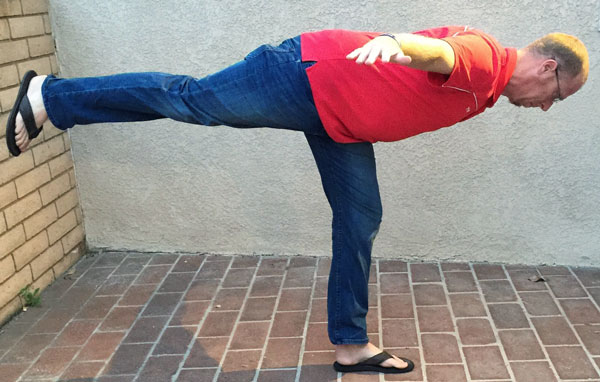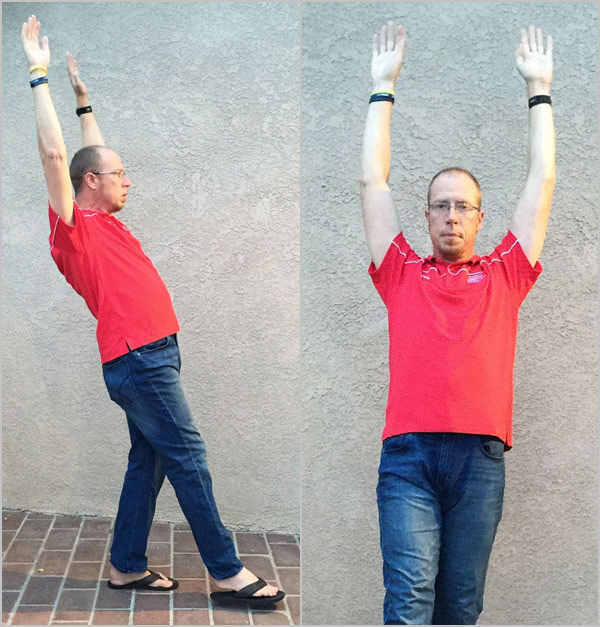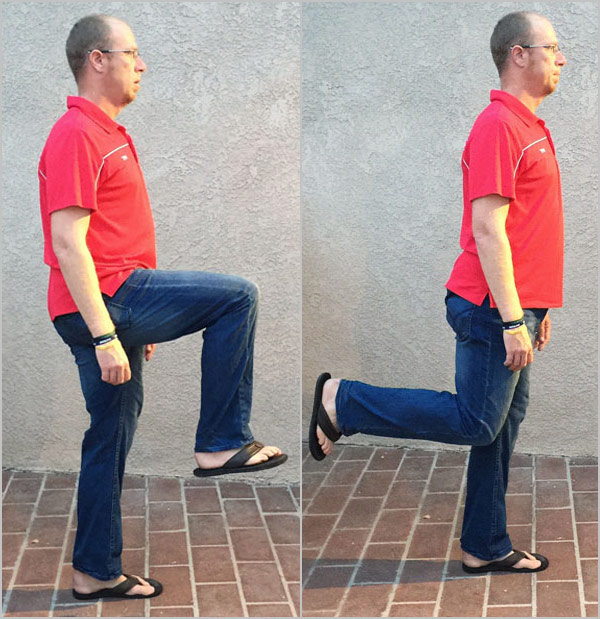Have you ever stumbled out of bed and wondered why it takes so long for you to gain your balance or be able to walk straight? Or have you ever sat for so long in a car or at a desk that the first few steps you wonder if your legs are listening to what your brain is telling them to do?
These are just a couple examples of how the connections between our brains and our muscles are sometimes not functioning properly due to periods of non-use. In the world of physical therapy, it is called neuromuscular activation. “Neuro” comes from the nervous system, which sends the signals from the brain to the “muscular” system, to activate the muscles.
Physical Therapy
Many physical therapists work with individuals just trying to get them to utilize muscles which aren’t firing or being used in common movements which would greatly enhance the strength and stability of the person during the movements. Most athletes scoff at this idea, but the research shows significant performance differences with neuromuscular activation improvements and some simple routines prior to bouts of exercise can be very effective at improving activation. For example, most athletes have seen dramatic neuromuscular improvements in the weight room, just in the first few weeks of lifting weights. It takes six weeks for athletes to show muscle growth from strength training, so those first six weeks of strength gains from those routines is almost entirely neuromuscular adaptation and improvements in activation.
Consequences
So what does this mean for you? In simple terms, the more muscle fibers and motor units you recruit in a movement, the more powerful the movement. If you don’t utilize your glutes or quads effectively when pedaling your power drops. If you are a swimmer and don’t engage your lats or utilize your core effectively, you swim at slower speeds. If you’re a runner and your calf muscles aren’t firing as well as they should, you run slower. These dips in activation can come from simply brief periods of not actively using the muscles, and they need to be re-tuned and sharpened.
Activation
All athletes, from elite to beginner, sit or go through periods of little movement, be it sleep, travel, work, or recovery. When it is time to work out or race, you want the body to be ready to perform, with pathways from the brain to the muscles, through the central nervous system, to be clear and communicated well, so maximum performance can happen.
Here are seven neuromuscular activation routines you can do before every workout or race to help you. These only need to be done a couple times each, for brief periods of 5 to 7 seconds. That means you can run this whole routine in less than 2 minutes. Short and effective!
1. Stork
Standing on one leg, balance so the rest of your body is as perpendicular to the ground as possible, nice and straight, with your arms spread out. Hold this position for 5 to 7 seconds on each foot, once or twice through each foot. Chances are, your balance will be greatly challenged, more than you expect for such a simple movement, proving the need for the exercise. For an additional challenge, do this exercise with your eyes closed.

2. Bear Crawl
Crawling on the ground, on hands and feet, with butt down, is probably one of the best activation exercises you can do. It forces the shoulders, arms and chest, to stabilize the upper body, the core to be engaged connecting the legs and upper body, and of course the legs are driving the body forward. Simply doing this for about 15 feet is an effective activation technique.
3. Single Leg Balance and Lean
With arms lifted up and behind your ears, activate your core and lean back while standing on one foot, and pointing the other foot in the same angle of the upper body. If you do this correctly, you will find your stomach tensing up, and likely your whole body shaking. Do this for both feet, holding 5 to 7 seconds on each foot, twice through. For an additional challenge, do this exercise with your eyes closed.

4. Knee Lift and Back
This exercise activates the hip flexors, the quad, the hamstring and the glutes. Lifting the knee at a 90 degree angle, hold it up front for about 5 seconds, then while maintaining the 90 degree bend of the knee, shift it back so the glute and hamstring pull to hold it in position. Do this for each leg, twice through.

5. Calf Raises
Standing in place, simply raise up onto your toes, twisting or pivoting on your toes to shift your ankles and heels outward, then back inward, then bring your feet back down to the ground fully, in about 3 to 4 seconds for the full cycle. Again, 5 to 7 routines of this will be adequate.
6. Lat Pull-Downs
Standing in place, simply lift your hands up and pretend to pull down on a bar. Five to 7 routines of this, feeling the lats activate is adequate.

7. Criss-Cross Arms
Standing with your arms extended out to your sides and the palms facing up, bring them all the way across the front of your body with palms facing down. For additional challenge, do this while standing on one leg instead of two, with the free leg hanging, slightly bent.
Take the two minutes it takes to do these exercises before your workout begins and you will likely notice a clear difference in performance and how you feel during the sessions.



